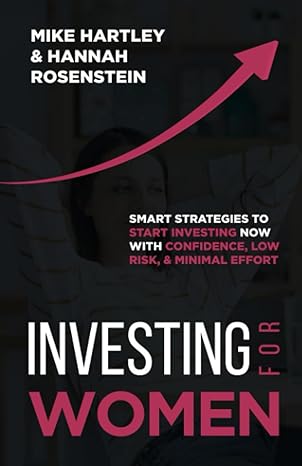Question
Sparkling Water Inc. (SWI) has just completed minor renovations to the CEOs office at a cost of $50,000. Originally, SWI planned to spend only $25,000
Sparkling Water Inc. (SWI) has just completed minor renovations to the CEOs office at a cost of $50,000. Originally, SWI planned to spend only $25,000 for this renovation. In a memo, the accounting group suggests allocating the cost over-run to the next project SWI will undertake.
As the next project, Sparkling Water Inc. is evaluating an investment in a new mineral water bottling plant. The required investment for the new bottling plant is $700,000 (at t = 0). The useful economic life of the plant is ten years. The salvage value of the plant in ten years is zero (at t = 10).
SWI hired PV Consultants for a market study. In their final report, the consultants estimate that SWIs annual sales less expenses (before tax and not including depreciation) will increase from currently $350,000/year to $550,000/year (at t = 1 to t = 10). The consultants also estimate that net working capital will increase by $50,000 today (at t = 0) to meet increased demand and will be recaptured completely at the end of the project (at t = 10). The fee for this study amounts to $30,000 and SWI is required to pay this fee in one year (at t = 1)
The new mineral water bottling plant belongs to asset class 43 with a CCA rate of 30%. SWI will have other class 43 assets in ten years. SWIs tax rate is 35% and it uses a required rate of return of 15% (EAR) to evaluate this project.
What is the CCA tax shield in year 2 (at t = 2)?
a) $51,450
b) $178,500
c) $62,475
d) $147,000 e) $111,475
What is the present value of CCA tax shields today (at t = 0)? a) $31,957
b) $152,681
c) $160,315 d) $163,587 e) $0, because the plant has a zero salvage value.
Suppose you find out that at the end of the project (at t = 10), to demolish the bottling plant and clean up the production site, SWI would incur additional before-tax clean-up costs of $25,000. By how much would the NPV of the project change based on this new information? a) -$4,017
b) -$25,000 c) -$16,250 d) This information would not affect the NPV because it does not affect the projects sales or expenses. e) The NPV would not change because the clean-up costs are sunk costs.
Suppose based on all the above information, SWIs project team has calculated:
10t=0 CFt/ (1+RRR)^t =$67,480 CFt includes all project-relevant cash flows (including CCA tax shields). Based on this number, would you accept the project? Assume that for this project, a decision can be made using the IRR rule. a) Yes, because the IRR > required rate of return (RRR). b) No, because the IRR > required rate of return (RRR).
c) Yes, because the NPV = 0. d) Yes, because the NPV < 0. e) No, because the projects payback period is greater than the projects life (i.e., 10 years).
Step by Step Solution
There are 3 Steps involved in it
Step: 1

Get Instant Access to Expert-Tailored Solutions
See step-by-step solutions with expert insights and AI powered tools for academic success
Step: 2

Step: 3

Ace Your Homework with AI
Get the answers you need in no time with our AI-driven, step-by-step assistance
Get Started


